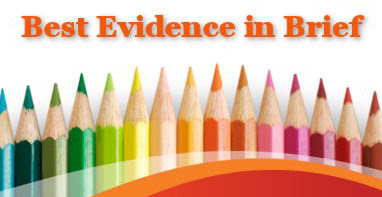Efforts to address student reading increasingly look to technological solutions as a means of reaching more students in effective ways. In particular, the need for remote and blended learning options increased as a result of the COVID-19 pandemic. Personalized and adaptive learning technology (PAL) has become a key focus on innovation and research to address ongoing reading needs of students across the world. To be adaptive and deliver personalized learning support, PAL analyzes student responses and skills to adapt the pace, content, and difficulty of material for each student, ideally moving students through the program at their ideal pace.
To address ongoing uncertainty as to the effectiveness of PAL in K-12 settings, Alrawashdeh and colleagues conducted a meta-analysis including 27 studies from 12 countries, including both high- and low-income nations (U.S.A., U.K., China, France, Malawi, and France, among others). Their analysis found that PAL interventions were significantly positive overall (ES = + 0.29). Due to differences in how included studies reported domain-specific outcomes (such as vocabulary, phonemic awareness, or reading comprehension), the authors were not able to discern differential impact across these areas, noting that PAL appeared to be equally effective across reading domains.
Analysis of study characteristics led to some curious results, particularly that those interventions without a defined role for the teacher in the implementation and those with low dosages appeared to have larger effects than interventions with teachers as leads or supports or with high dosages. The authors did also note a higher effect was determined when students were assigned to PAL interventions on the individual level rather than at a school or class level ( p = 0.002), suggesting that PAL programs may serve best as Tier II or III learning supports. In addition, the findings suggested that learning impacts tended to decrease as students progressed in age and grade. This follows other studies that suggested that there is more space for students to grow at younger ages.

